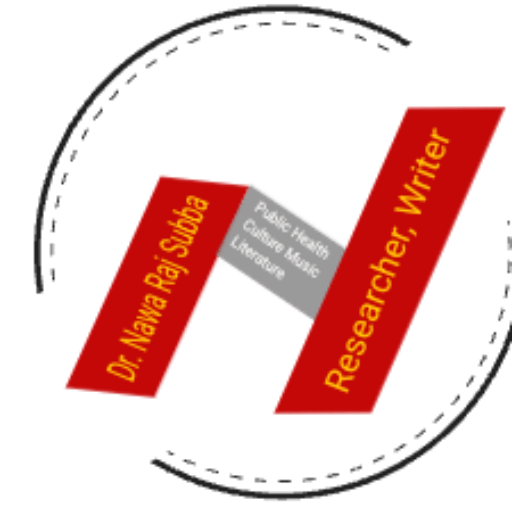An Important Step to Increase Immunization Coverage
Health workers’ training is an essential part of the immunization program in Nepal. The Expanded Program on Immunization (EPI) is a priority program of His Majesty’s Government of Nepal. EPI is considered one of the most cost-effective health interventions. Vaccine-preventable diseases are routinely reported through the HMIS system, complemented by appropriate surveillance, outbreak investigations, and responses. The main objective of the EPI program is to increase routine immunization coverage and decrease dropout rates. The immediate goal is to eliminate neonatal tetanus, reduce measles morbidity and mortality and eradicate poliomyelitis by the end of 2005.
National coverage of different vaccine-preventable diseases has shown satisfactory results. In the fiscal year 2057/58, Saptari had the highest range (87%), followed by Siraha (83%) and Jhapa (81%). In contrast, Morang and Sunsari districts had comparatively lower measles coverage among Terai districts in Eastern Development Region. At the district level, immunization coverage differs, and many communities have shown sub-standard performance. The health care provider’s role is essential for better achievement. It has been proved that a training component is a tool for the success of any program. Implementing different training activities in immunization and other health areas has significantly impacted program achievement.
It is a short communication based on the review and analysis of measles vaccine coverage in the Morang and Sunsari districts during Health Workers’ training. It also assesses the measles vaccination coverage before and after health education intervention. Eastern Regional Health Directorate organized the training workshops in two Terai districts, Morang and Sunsari, which were selected based on their low performance in measles vaccine coverage. In-charges of Health Posts, Primary Health Care Centres, Sub Health Posts, and Cold Chain Assistants participated in the training workshops. These workshops aimed to increase measles vaccine coverage in the respective districts.
The status of measles coverage reported before training intervention has been compared with corresponding months after intervention in Morang and Sunsari districts. In the Morang district, the range before the training intervention was 74%, and it reached 87% after the intervention. In the Sunsari district, the coverage before the training intervention was 77% and went to 88% after the intervention. An interview with EPI supervisors of Morang and Sunsari has suggested the consequence of the training workshop has resulted in an increase in EPI coverage in respective districts. Analysis of HMIS reports available at the Eastern Regional Health Directorate has also noted a remarkable increase in measles and other community antigens. In the non-intervention Jhapa and Saptari districts, the measles vaccine coverage had decreased, whereas it slightly increased in the Siraha district.
Health Workers Training
successfully resulted in a measurable increase in measles vaccination coverage in Morang and Sunsari districts. Morang and Sunsari districts have experienced a remarkable rise in measles vaccine coverage, which was also statistically significant (P<0.05). Training workshops are helpful for poor-performing communities to strengthen the EPI program.
Nawa Raj Subba
Public Health Administrator, District Public Health Office, Morang, Nepal
Email: [email protected]
Source:
Journal of Nepal Health Research Council, Vol.2, No. 1, April 2004, ISSN: 1727-5482 (Editorial).

